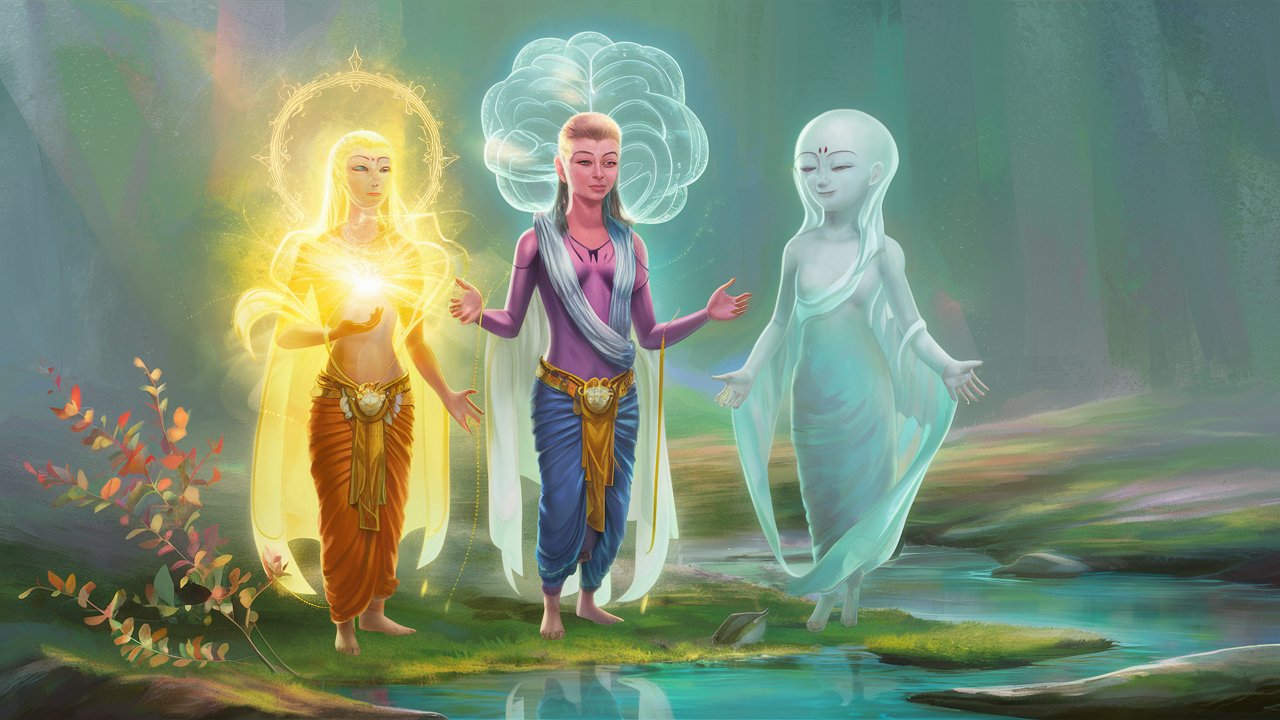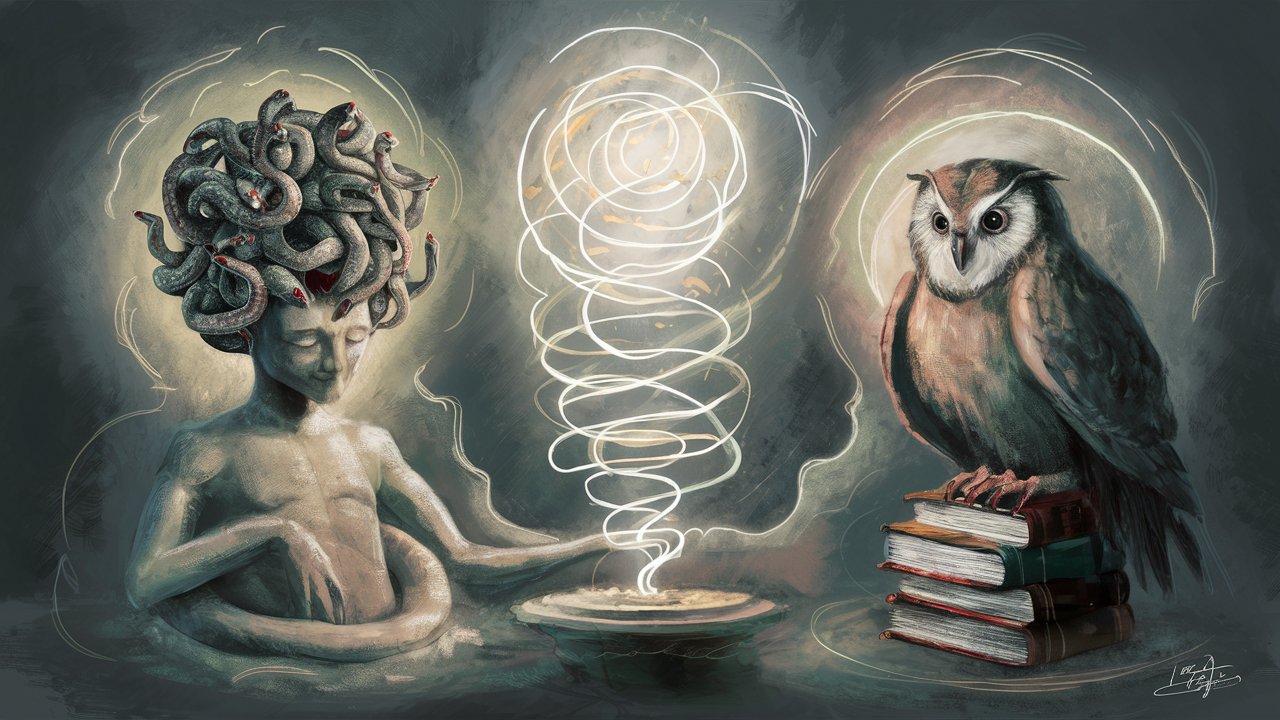In various philosophical and spiritual traditions, especially in Hinduism and Yoga philosophy, the terms "mana," "buddhi," and "chitta" represent different aspects of the mind and consciousness. Here's a brief explanation of each:

1. **Mana**: Mana refers to the aspect of the mind that deals with emotions, desires, and feelings. It is often associated with the lower, more instinctual aspects of consciousness. Mana is the part of the mind that experiences sensations and impulses, driving actions and reactions. It can be likened to the seat of emotions and the repository of sensory experiences.
2. **Buddhi**: Buddhi is the aspect of the mind that deals with intellect, discernment, and understanding. It is often considered the higher aspect of consciousness, responsible for decision-making, reasoning, and discrimination. Buddhi allows individuals to make judgments, analyze situations, and exercise wisdom. It is associated with clarity, discrimination, and the ability to perceive truth beyond mere sensory experience.
3. **Chitta**: Chitta is a broader term encompassing the entirety of the mind, including both mana and buddhi, as well as memory and unconscious impressions. It is often described as the subconscious mind or the storehouse of experiences, impressions, and memories accumulated over lifetimes. Chitta serves as the reservoir from which thoughts, emotions, and perceptions arise. It is also seen as the link between the individual consciousness (jiva) and the universal consciousness (paramatman).

In summary, mana represents the emotional aspect of the mind, buddhi represents the intellectual aspect, and chitta represents the totality of the mind including memory and unconscious impressions. These concepts are central to understanding the nature of consciousness and the workings of the mind in various spiritual and philosophical traditions.
What is the difference between Mann, Chitt, and Buddhi?
1) Mana defines your Conscious Mind and Buddhi is your Wisdom Faculty
2) Chitta is known as Subconscious Mind
3) Chitta, are stored Samskaras (memories, likes, dislikes,desires, habits) in dormant form
4) Whenever any Samskaras get triggered, they become Vrittis (Subconscious thoughts). Samskaras get triggered due to Ahamkara
5) Ahamkar is false knowledge of self i.e. when we keep considering ourselves other than Atman (true self)
6) In this state of Ahamkar, Manas (Conscious mind) keeps continuously running under control of Vrittis (Subconscious Thoughts)
7) Both Conscious and Subconscious thoughts reflect as Emotions. Emotions block flow of Prana (life energy) which in long term causes diseases in Physical Body.
8) Manas keeps trying to calm down Emotions, by bringing solutions from external world through Sensory Pleasures.
9) Manas also runs to increase clarity of Buddhi. When you know something with utmost clarity, that means there is no further requirement to run conscious mind on that knowledge. That means clear knowledge brings Manas at peace. So whenever Subconscious pushes a confused knowledge to the screen of Manas, it starts running to remove that confusion.
10) Clear knowledge without confusion becomes Wisdom of Buddhi. Wisdom takes you towards ultimate freedom i.e. True knowledge of self. So Wisdom washes away Ahamkara (false knowledge of self)
What is mana, buddhi & chitta?